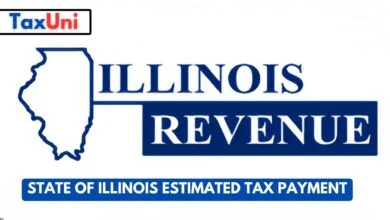Ohio Income Tax Rates
Ohio's income tax rates are straightforward but involve different brackets depending on your filing status and taxable income.

Ohio residents pay a state income tax, and the rate varies by bracket. The Ohio state income tax rate is 0% to 3.99% across six different brackets, placing it near the middle of the pack among states with an income tax. These rates are the same for Single, Married Filing Jointly, and Head of Household filing statuses. In addition, the Buckeye State has a 5.75% state sales tax and local rates that range from 0% to 2.25%. The federal income tax has the same brackets, personal exemptions, and dependent deductions as Ohio’s. However, the federal tax code doesn’t automatically index the brackets for inflation like the Ohio state income tax does.
Those who are interested in cutting their Ohio taxes may benefit from filing for a homestead exemption. It shields up to $25,000 of a home’s market value from property taxes. If you live in the state of Ohio and meet the requirements, check with your county’s website for a search tool to determine whether or not you qualify for this tax break. You can also reduce your taxable income by contributing to a retirement account, such as a 401(k), 403(b) or HSA. This will help lower your taxable income and your overall tax bill.

Ohio State Income Tax Brackets 2025
| 2023 Brackets | 2023 Tax Rate | 2024 Brackets | 2024 Tax Rate |
| $0 – $26,050 | 0% | $0 – $26,050 | 0% |
| Over $26,050 – $100,000 | 2.75% | $26,051 – $100,000 | 2.75% |
| Over $100,000 – $115,300 | 3.688% | Over $100,000 | 3.688% |
| Over $115,300 | 3.75% |
Does Ohio Lave low Income Tax?
Ohio’s state income tax rate is relatively low, but the state’s overall tax burden is higher than average due to local taxes, including city and county sales taxes, which can be as high as 3%. In addition, the state’s LLC loophole allows passthrough entities like sole proprietorships and S corporations to deduct their taxable income. When you look at your paycheck, you will see federal withholding for retirement contributions and health insurance premiums. In addition to that, you will also see your state income tax withholding.
The cumulative effect of major tax legislation since 2005 has resulted in a state revenue shortfall of about $8 billion a year, stunting Ohio’s ability to address its most urgent needs and ensure a thriving society for years to come. The bottom 60% of Ohio households have had to pay more in annual taxes, on average, while the wealthiest 1% of residents have paid nearly $51,000 less per year than they did before the changes. Those with lower incomes can reduce their taxable income by saving in an employer-sponsored retirement account such as a 401(k), 403(b), HSA or FSA. They can also take advantage of Ohio’s state and local tax credits, which can be worth up to $650.





